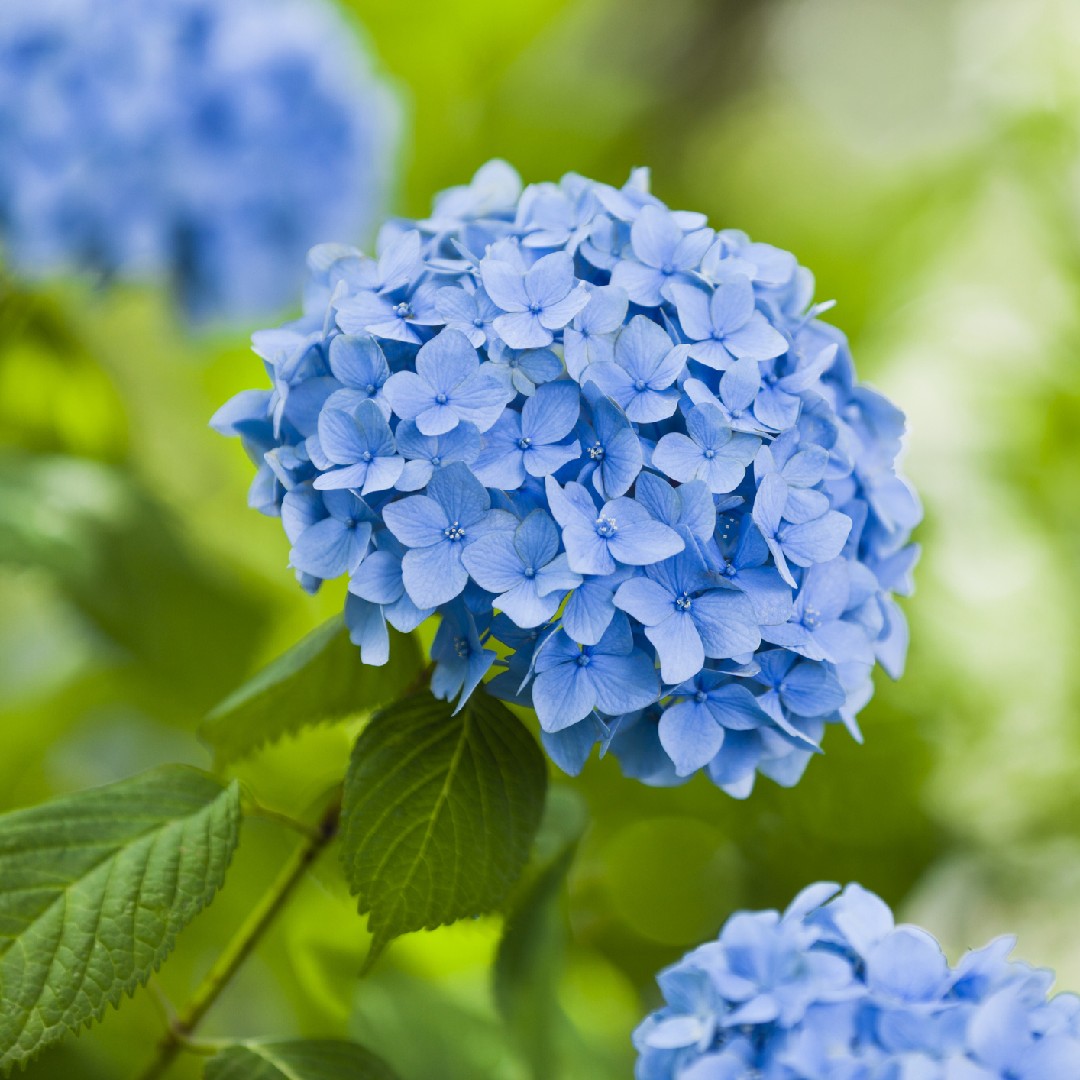The Hydrangea Flower: A
The Hydrangea Flower: A Guide to Growing and Caring for These Beautiful Blooms
Hydrangeas are some of the most popular flowers in the world, and for good reason. They are beautiful, versatile, and relatively easy to care for. Whether you are a seasoned gardener or a beginner, hydrangeas can add a touch of elegance and beauty to your home or garden.
In this blog post, we will discuss everything you need to know about hydrangeas, including their history, different types, how to plant and care for them, and their symbolism. By the end of this post, you will be an expert on all things hydrangea!
History of Hydrangeas
The hydrangea is a native of Asia, and it has been cultivated for centuries. The first written record of hydrangeas dates back to the 15th century, when they were mentioned in a Chinese herbal. Hydrangeas were introduced to Europe in the 17th century, and they quickly became popular among gardeners.
The name "hydrangea" comes from the Greek words "hydro" (water) and "angeion" (vessel), which refers to the fact that hydrangeas need a lot of water to grow. Hydrangeas are also known as "hortensias" in some countries.
Different Types of Hydrangeas
There are many different types of hydrangeas, each with its own unique characteristics. Some of the most popular types of hydrangeas include:
- Bigleaf hydrangeas (H. macrophylla): These are the most common type of hydrangea. They have large, showy blooms that can be blue, pink, or white.
- Panicle hydrangeas (H. paniculata): These hydrangeas have tall, conical blooms that can be white, pink, or purple.
- Oakleaf hydrangeas (H. quercifolia): These hydrangeas have leaves that resemble oak leaves. Their blooms are typically white or pink.
- Smooth hydrangeas (H. arborescens): These hydrangeas are smaller than other types of hydrangeas. They have white or pink blooms.
- Climbing hydrangeas (H. petiolaris): These hydrangeas can climb trees or walls. Their blooms are typically white or pink.
How to Plant and Care for Hydrangeas
Hydrangeas are relatively easy to plant and care for. Here are some tips:
- Plant hydrangeas in a spot that gets partial shade.
- The soil should be rich and well-drained.
- Water hydrangeas regularly, especially during the summer.
- Fertilize hydrangeas in the spring and fall.
- Deadhead hydrangeas after they bloom.
Symbolism of Hydrangeas
Hydrangeas have a variety of symbolic meanings. In some cultures, they are associated with love, happiness, and good luck. In other cultures, they are seen as a symbol of mourning.
In general, hydrangeas are seen as a symbol of abundance and gratitude. Their large, showy blooms represent the beauty of nature, and their many colors represent the diversity of life.
Conclusion
Hydrangeas are beautiful, versatile, and easy to care for. They are a great addition to any garden or home. If you are looking for a flower that is both beautiful and meaningful, hydrangeas are a great choice.
Hydrangeas are beautiful flowers that come in a variety of colors, including blue, pink, white, and purple. They are native to Asia and the Americas, and they are a popular choice for gardens and flower arrangements.
If you are interested in learning more about hydrangeas, I recommend visiting . This website has a wealth of information about hydrangeas, including their history, different varieties, and how to care for them.
In addition to providing information about hydrangeas, also offers a variety of products related to hydrangeas, such as seeds, plants, and flower arrangements. You can also find tips and advice on how to care for hydrangeas, as well as stories and photos from other hydrangea enthusiasts.
I hope you enjoy visiting !
FAQ of hydrangea flower
Q: How much sun do hydrangeas need?
A: Hydrangeas need partial shade to full sun, depending on the type. Most hydrangeas will do best with morning sun and afternoon shade. Too much sun can scorch the leaves, while too little sun will prevent the flowers from blooming.
Q: What is the best way to water hydrangeas?
A: Hydrangeas need regular watering, especially during hot, dry weather. Water deeply so that the water reaches the roots. Watering in the morning will help the leaves dry off before nightfall, which can help prevent diseases.
Q: How do I change the color of my hydrangea flowers?
A: The color of hydrangea flowers is affected by the acidity of the soil. In acidic soil, hydrangeas will bloom blue flowers. In alkaline soil, hydrangeas will bloom pink flowers. You can change the color of your hydrangea flowers by adjusting the pH of the soil.
Q: How long do hydrangea flowers last?
A: Hydrangea flowers can last for several weeks, depending on the type and how they are cared for. If you want your hydrangea flowers to last longer, you can cut them and bring them indoors.
Q: How can I prevent hydrangea diseases?
A: There are a number of diseases that can affect hydrangeas. To prevent diseases, it is important to plant hydrangeas in a sunny location with well-drained soil. You should also water your hydrangeas regularly and fertilize them in the spring. If you see any signs of disease, you should treat it immediately.
Image of hydrangea flower
This type of hydrangea is the most common and is known for its large, showy flowers. They can range in color from blue to pink to white, depending on the acidity of the soil.



This type of hydrangea is known for its cascading flowers. They can grow up to 6 feet tall and are often used in landscaping.
This type of hydrangea is known for its small, white flowers. They are often used in bouquets and arrangements.
This type of hydrangea is known for its dainty, bell-shaped flowers. They are often used in rock gardens and borders.
This type of hydrangea is known for its large, spherical flowers. They can grow up to 12 inches in diameter and are often used in centerpieces.





Post a Comment for "The Hydrangea Flower: A"